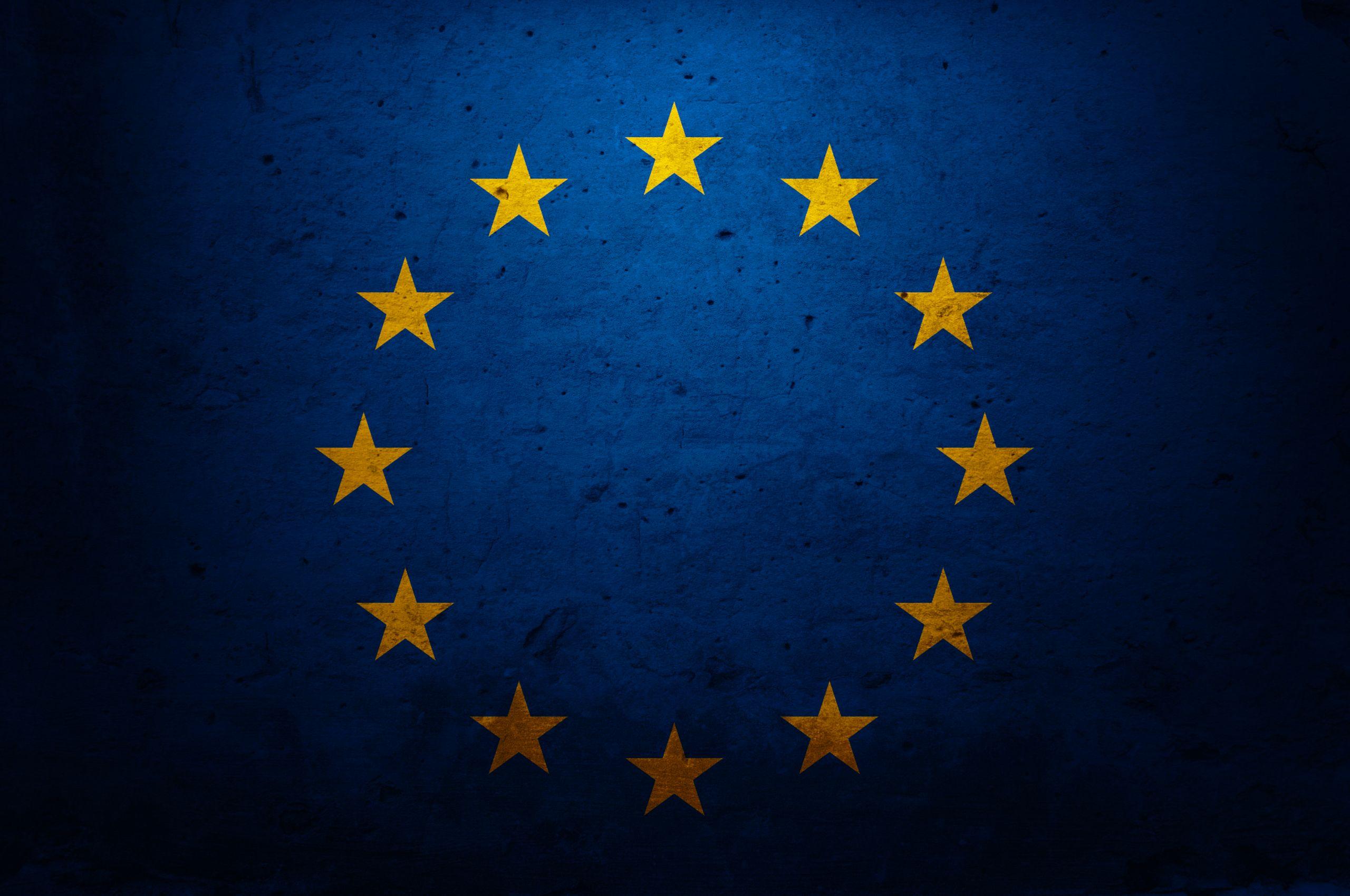Paul Anderson is a former editor of and columnist for the weekly Tribune.
The British Labour Party’s annual conference, its big media showcase of the year, went off without a hitch in Liverpool late last month.
It opened with a platform tribute to the late Queen by party leader Keir Starmer, followed (unusually for Labour) by the national anthem — an opportunity to parade the patriotism many voters felt the party had lacked under former leader Jeremy Corbyn. And while party managers were expecting leftist heckling from the floor, to their surprise, there was none.
Starmer made a decent fist of his keynote address, the acid test of conference success. Having come under fire from the Corbynite left for abandoning pre-pandemic campaign promises, and more widely criticized for lack of vision, he gave a confident speech smattered with bold-sounding policy proposals with which the left could hardly disagree — most notably for a state-owned green energy company. He also distanced Labour from Corbyn, particularly on foreign policy, even describing the party as the “political wing of the British people” — a catchphrase from former Labour Prime Minister Tony Blair, a hate figure for the Corbynites.
The welcome in the conference hall was rapturous, and two days later, the first post-conference opinion poll gave Labour a 33-point lead over the governing Conservatives — enough to reduce the Tories to three MPs if replicated in a general election. And the next polls, though not quite as stunning, still put Labour 25 points ahead.
The party has good reason to be pleased — except that, as Starmer knows, the poll bounce had less to do with Labour than with the spectacular implosion of the Conservative government’s economic policy, a month shy of Liz Truss taking the reins from former Prime Minister Boris Johnson. And this, on its own, simply won’t be enough to guarantee a Labour triumph in the long run.
Two days before Labour met, Kwasi Kwarteng, the new chancellor of the Exchequer, had introduced a “mini-budget” to alleviate the giant hike in energy bills due this winter. The markets had factored in a big increase in borrowing to fund energy subsidies — but not his package of tax cuts, on a scale unprecedented for decades. And while the full political and economic consequences of the “mini-budget” remain to be seen, sterling is still struggling to regain its footing, and a massive increase in the cost of government borrowing — which threatened the solvency of pension funds — is threatening the housing market, with mortgage lenders withdrawing products en masse.
It’s plausible that this self-inflicted crisis will deliver a fatal blow to the government’s credibility like that dealt to former Prime Minister John Major’s government in September 1992, when sterling crashed out of the European exchange rate mechanism. After that, Labour rode high in the opinion polls until Blair’s landslide 1997 victory.
But Labour’s worry today is that the government recovers — even partially.
The reason for this is simple: The last general election in 2019 was a catastrophe for Labour. The party took 32 percent of the vote to the Tories’ 44 percent, and 202 House of Commons seats to the Tories’ 365 — its worst seat share since 1935. As such, to win a bare majority in the next election, due in late 2024, Labour needs a bigger swing in support from the Tories than in 1997.
One reason Labour crashed in 2019 was Corbyn.
The party initially performed unexpectedly well under him in 2017 — the first election after the 2016 Brexit referendum — taking 40 percent of the vote, after picking up a swath of pro-European voters aghast at the Tories’ proposed “hard Brexit.”
But by 2019, Corbyn was electorally toxic— facing both ways on Brexit, which alienated both Leavers and Remainers, and badly damaged by both his failure to deal with the anti-Semitism in his party and his (related) boilerplate leftist anti-West stance on foreign affairs. Labour also ran a chaotic campaign that degenerated into an ever-expanding list of expensive promises.
Starmer, for his part, has done all he can to marginalize Corbyn and his supporters. But “Corbyn is over — vote Labour!” is not enough to triumph next time.
And the party’s troubles are deep-rooted, going back at least 20 years.
Labour’s vote share declined from 43 percent to 30 percent in successive elections from 1997 to 2010, and — the outlier of 2017 excepted — has flatlined since. Its parliamentary representation in the south and east of England was all but eliminated outside of London in 2010, when it also lost dozens of seats in the north, the Midlands and Wales; and it also lost all but one of its Westminster seats in Scotland in a Scottish National Party landslide in 2015. Labour does still has a solid base in London and parts of the north, the Midlands and south Wales, but it remains weak elsewhere in England and Wales, and its position in Scotland is still desperate.
It’s difficult to see how Labour can win unless it recreates a version of Blair’s cross-class coalition of 1997 — which means attracting many recent Tory voters who are unmoved by the threat of climate change and not much concerned about poverty, but are worried by threats to their own well-being.
Today, those threats eclipse those of 1997, including not only the underfunded National Health Service, overcrowded schools and rising crime — familiar themes from 25 years ago — but also surging inflation, a likely recession and the prospects of a housing price crash. This presents a great opportunity for Labour, but it’s also a formidable challenge.
We’ll soon discover whether the party’s up to it.




